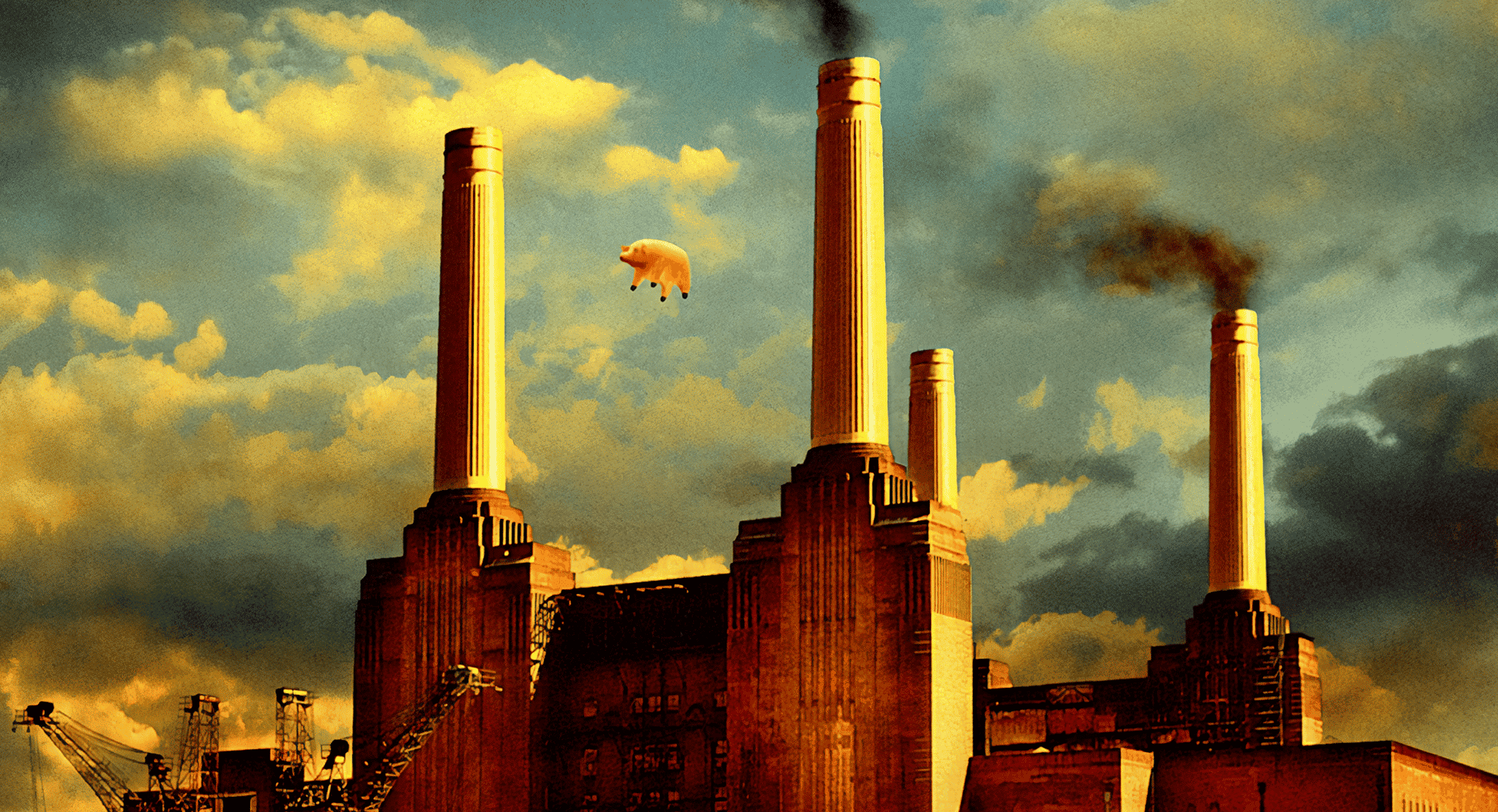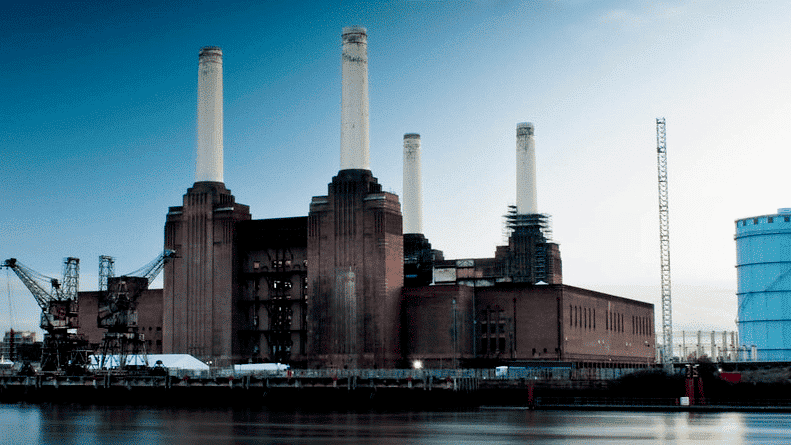Want to know more?
Please get in touch for more information about what we can do for you.
Contact UsAt Graffiti Design, we’re working on lots of exciting projects over at the old Grade II listed Battersea Power Station. As you may have heard, the building has been undergoing major renovations over the past few years. The former coal plant is being redeveloped into a hub of activity for both locals and visitors.
We are absolutely thrilled to be the recommended signage supplier for new businesses moving into the space, which will include over 100 retail units, a food hall, a boutique cinema and a viewing experience called Lift 109, located in one of the 109-meter chimneys, as well as Apple’s new UK corporate offices.
Our work there has really made us pause and think about the history – and the future – of this iconic structure. So why not join us as we take a stroll through the life of Battersea Power Station…
Where it all began
In the early 1900s, the way that energy was delivered was simple. Every industry would get power from a small power plant dedicated to supplying that particular sector. Anything left over was sold to the public. The problem with having lots of small power plants, however, was that each one worked in its own way. There was no set standard in terms of voltage, or of frequency.
And so big changes were made to introduce more consistency. In 1925, it was decided that, instead of lots of little power stations, there should be one big one. And the first ‘big one’ was Battersea.
While the original designs were drawn up by Sir Standen Leonard Pearce, the credit typically goes to Sir Giles Gilbert Scott. Scott was brought in later on in the project due to concerns from local residents that the power station would be an eyesore. And who better to ease these concerns than the designer of the much-loved red telephone box himself? Located on the south bank of the Thames, Battersea Power Station was completed in 1955, made from no less than six million bricks!
At the height of production, Battersea Power Station was responsible for providing 20% of all London energy. Buckingham Palace and the Houses of Parliament received their energy from here. However, despite its impressive output, the power station was perhaps more famous for its looks.
While the building looks symmetrical from the outside, the inside was designed in two stages, each with its own architectural style. The first stage, Battersea A, was completed in 1935 in an art deco style. Battersea B, however, was completed after the war, and the design is much more industrial. The blending of the styles made the power station one of the most famous buildings in the country.
So famous, in fact, that it even graced the cover of the Pink Floyd album ‘Animals’ in 1977. This is a story in its own right, with the inflatable pig breaking loose and wreaking havoc over Heathrow. Some say it was a very clever publicity stunt. Others are convinced it was a hilarious accident.
As the station’s equipment started to age, output naturally declined. Coupled with a widespread shift from coal to oil and gas, maintaining the power station was no longer a viable business move. Operations at Battersea A ceased in 1975, followed by a complete closure of the building in 1983.
What could have been
When the power station first shut its doors, plans were quickly put in place to transform it into a theme park. It was purchased by a development team which included Alton Towers owner John Broome. But costs spiralled out of control. Funding dried up. And 6 years later, the idea was shelved.
Other proposed uses included…
None of those concepts came to fruition. But we now have something even better…
Present day
Battersea Power Station remained uninhabited and unmaintained for years. In fact, in 2008, it was included on the Heritage at Risk register, and things didn’t look good. Fortunately, thanks to investments from a Malaysian development firm, everything turned around in 2012.
In one of the UK’s most challenging construction projects ever undertaken, work began on redeveloping the site. The four chimneys – a true symbol of the site – have now been restored. And more importantly, they’ve been restored using the same bricks as can be seen in the originals.
That’s really one of the best things about the development: it’s retaining and restoring the original look and feel of the building. Even the control rooms from Battersea A and Battersea B have been given a makeover, and now act as some of the most unusual and unique bars in the world.
Today, stage one of the redevelopment is complete. Known as Circle West Village, nearly 2000 people now call this part of the power station ‘home’, and even more flock here to try out the cool cafes, bars, and restaurants, socialise with friends, and build their fitness at the on-site facilities. A new high street, Electric Boulevard, features more shops, outdoor spaces, and a hotel with a power plant view!
2022 and beyond
The final stage of the Battersea Power Station project is scheduled for completion in late 2022, transforming the main bulk of the building into a vibrant community space. The overall aim is to create what’s called a ‘15 minute’ neighbourhood; a place where people can live, work and play – essentially where they can do anything they want to – within a 15-minute radius. The project has piqued the interest of some major brands, who are all keen to have a presence at Battersea.
We’re excited for the future… are you?
We are already working with the amazing and exciting brands who are opening shops within the new retail space and we can’t wait to see what’s just around the corner. Watch this space as we are looking forward to sharing our work with you.
For more information on our projects, please give us a call at 01435 866763 or email sales@graffitidesign.co.uk.


Please get in touch for more information about what we can do for you.
Contact Us